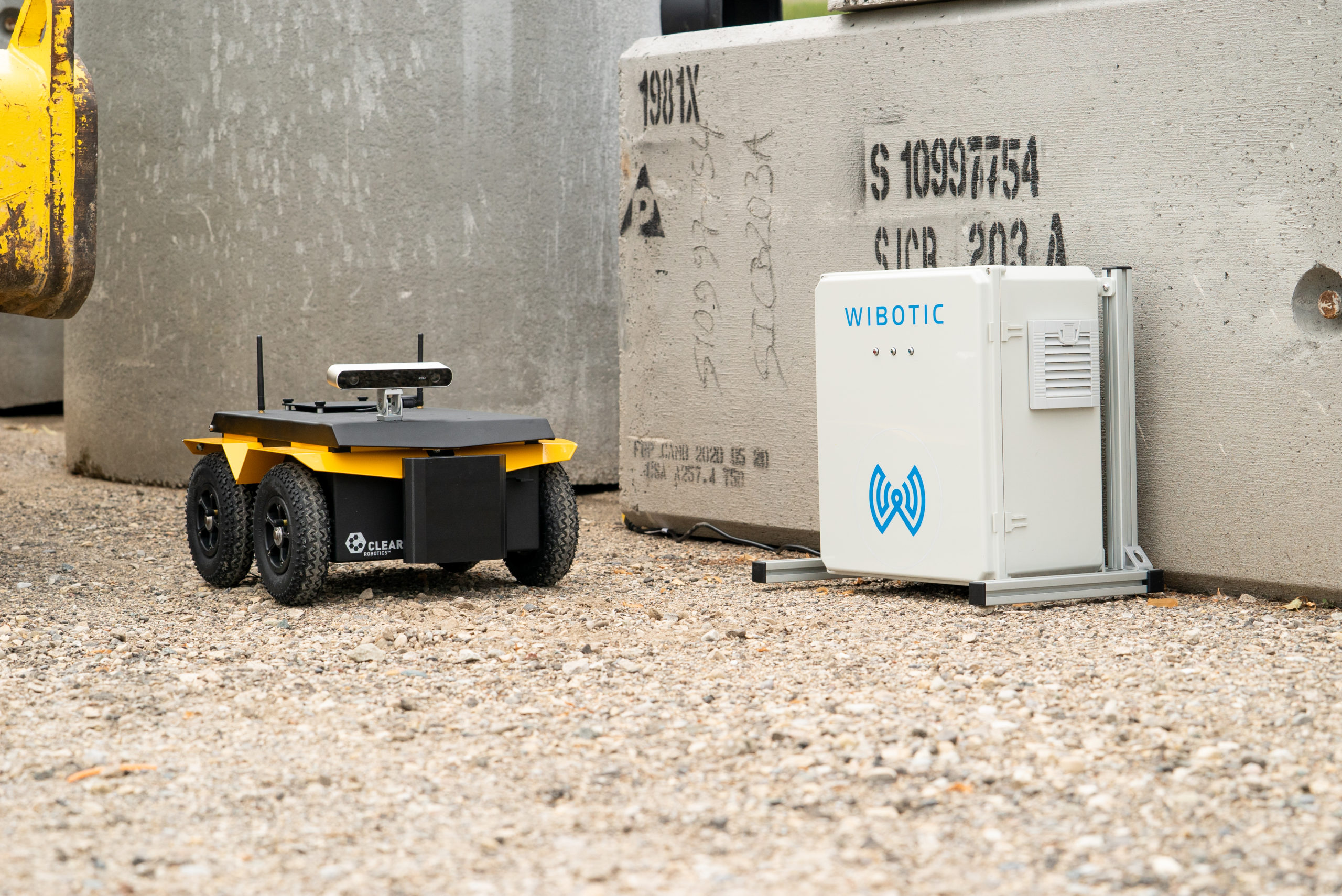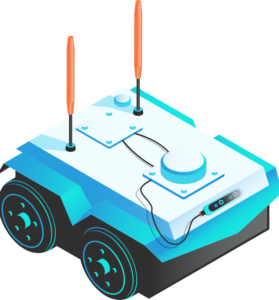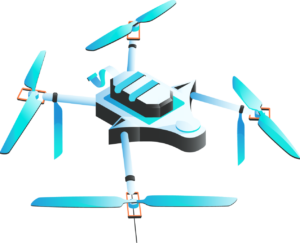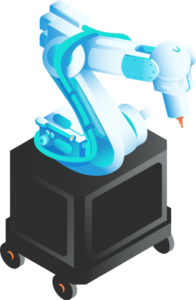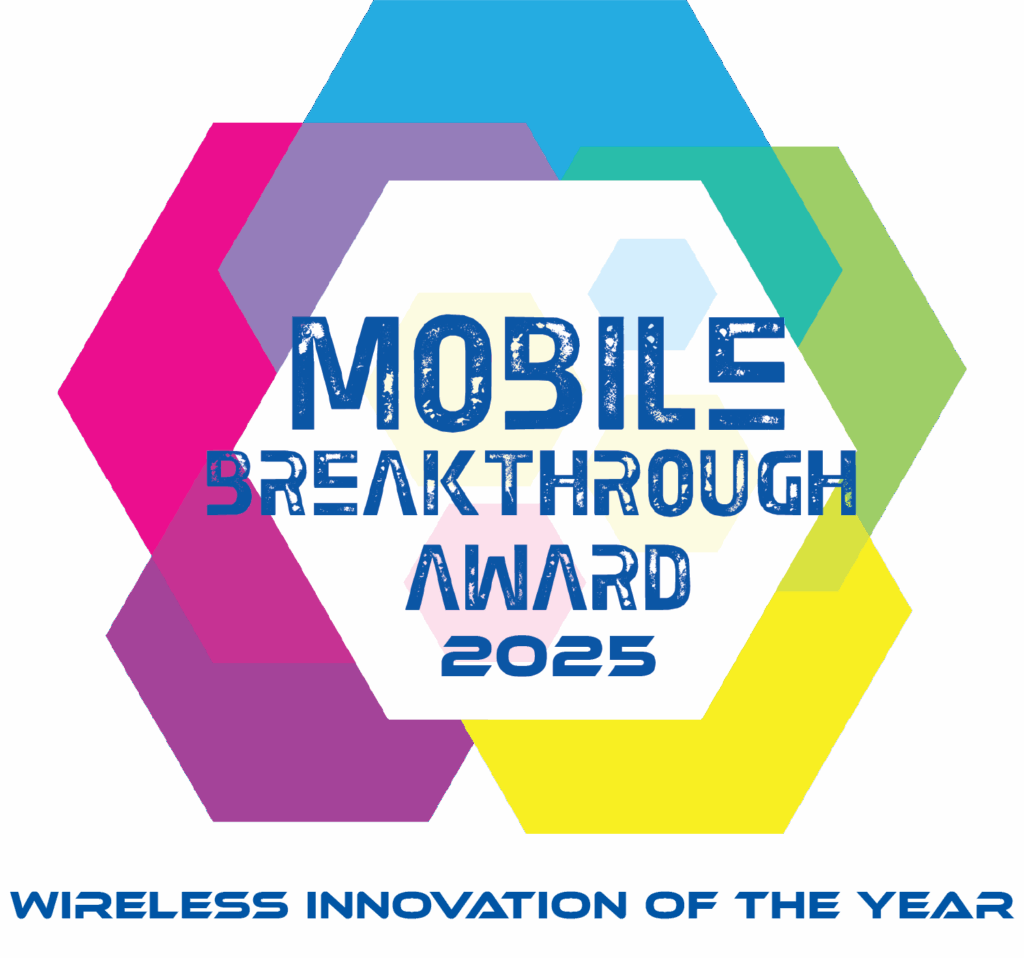
WiBotic is the Future of Autonomous Charging
WiBotic systems work with any battery on any robot using reliable charging hardware and fleet energy management software to maximize robot productivity.
Learn how your robots can charge ahead!
Universal
Embedded robot identification and communication in our system allows for many-to-many architecture, where any robot can charge from any station, even if the robots have different battery chemistries, voltages, and charging rates (amps).
Many-to-many architecture gives you the flexibility to keep innovating, scale up your fleet, or branch out your business.
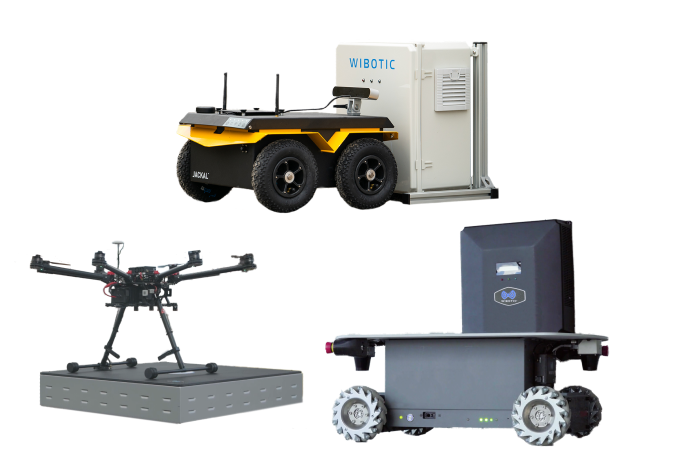
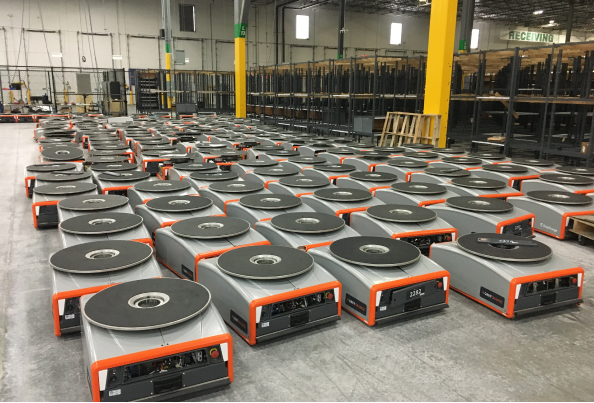
Scalable
Whether you have just one of our systems, or tens of thousands, WiBotic can scale with you. In fact, the more chargers you add, the more our software can help monitor and manage your fleet’s battery health. And our API allows you to integrate charging data into other applications, making your software that much more powerful.
Reliable
We get it, when trying out a new innovation you need to make sure it’s reliable and provides justifiable results to your team. Wireless charging eliminates the failures and the maintenance headaches associated with physical contact based charging stations. And there is never a worry that dirt, dust, water or corrosion are going to cause a failed charge cycle.
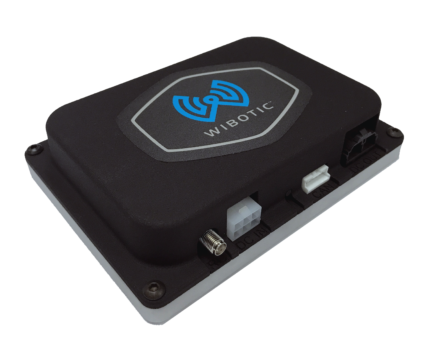
Customers Love WiBotic!
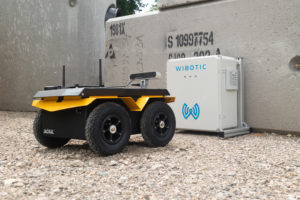
“We had looked for years for an affordable, rugged, and fit-for-purpose charging solution for our platforms, and in WiBotic, we finally found what we were looking for”
Julian Ware
GM, Clearpath Robotics
“[WiBotic’s] technology gives a wider range of positional flexibility, which is critical for robots that need high precision in their location”
Frank VanWelkenhuyzen
CEO, DroneMatrix
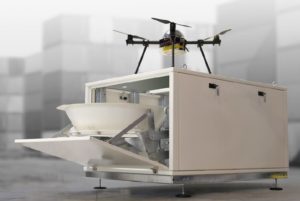
Choose an application
Frequently Asked Questions
Several forms of wireless power transfer exist today. The most common is inductive charging – as typically found in consumer devices such as cell phones and electric toothbrushes. Unfortunately, inductive systems are only efficient when the antennas are extremely close – but robots and Unmanned Aerial Vehicles (UAVs) can’t position themselves accurately enough to ensure inductive systems will provide a reliable and efficient charge. Magnetic resonance is a newer technology that offers more flexibility in positioning. Typical resonant systems have a “sweet spot” where efficiency is maximized. As long as the robot can navigate to that exact spot every time, maximum efficiency can be achieved. If the robot stops short or is off-center, efficiency is reduced, and charge times increase.
WiBotic uses elements of both electrical induction and magnetic resonance, but what sets apart is our ability to manage the connection between antennas in real time using an adaptive antenna tuning process. This provides a much wider range between antennas while maintaining full power and efficiency – regardless of how accurately the robot or Autonomous Underwater Vehicle (AUV) docks. WiBotic’s fleet management software solutions complement our hardware by providing users with data and analytics to ensure battery charging is fully optimized.
WiBotic’s standard transmitter antenna is 20cm in diameter and the receiver antenna is 10cm in diameter. With those antenna sizes, we allow for 5cm of face-to-face air gap between antennas and up to 5cm of side-to-side offset in any direction (10 total cm of side-to-side range). Unlike other wireless power systems, which typically only deliver full power at specific and limited distances, WiBotic technology delivers full power to the battery at any point within that range. Ranges can be increased by increasing the diameter of the antennas.
WiBotic’s high power systems have an end-to-end efficiency level between 75% and 85%. This represents the full system efficiency from power input to our transmitter circuit to Onboard Charger’s output to the battery. The actual wireless power antenna-to-antenna efficiency is typically 95% within the ranges mentioned above. Please note that it’s important to know if you’re comparing “antenna” or “full system” efficiency levels any time wireless power technologies are compared. Be sure you’re comparing apples to apples! Contact us with any questions.
We support batteries from 8-58.4V, and current levels from 0-30A with our current product line. The battery chemistries we support are:
- Lithium Ion (LiIon)
- Lithium Polymer (LiPo)
- Lithium Iron Phosphate (LiFePO4)
- Lead Acid (LA, SLA)
- Nickel Metal Hydride (NiMH)
- Nickel Cadmium (NiCad)
If you’re using a different battery type, contact us about adding support for it.
Proudly Partnered
Industry, Technology and Sales partners help us deliver solutions to you!
